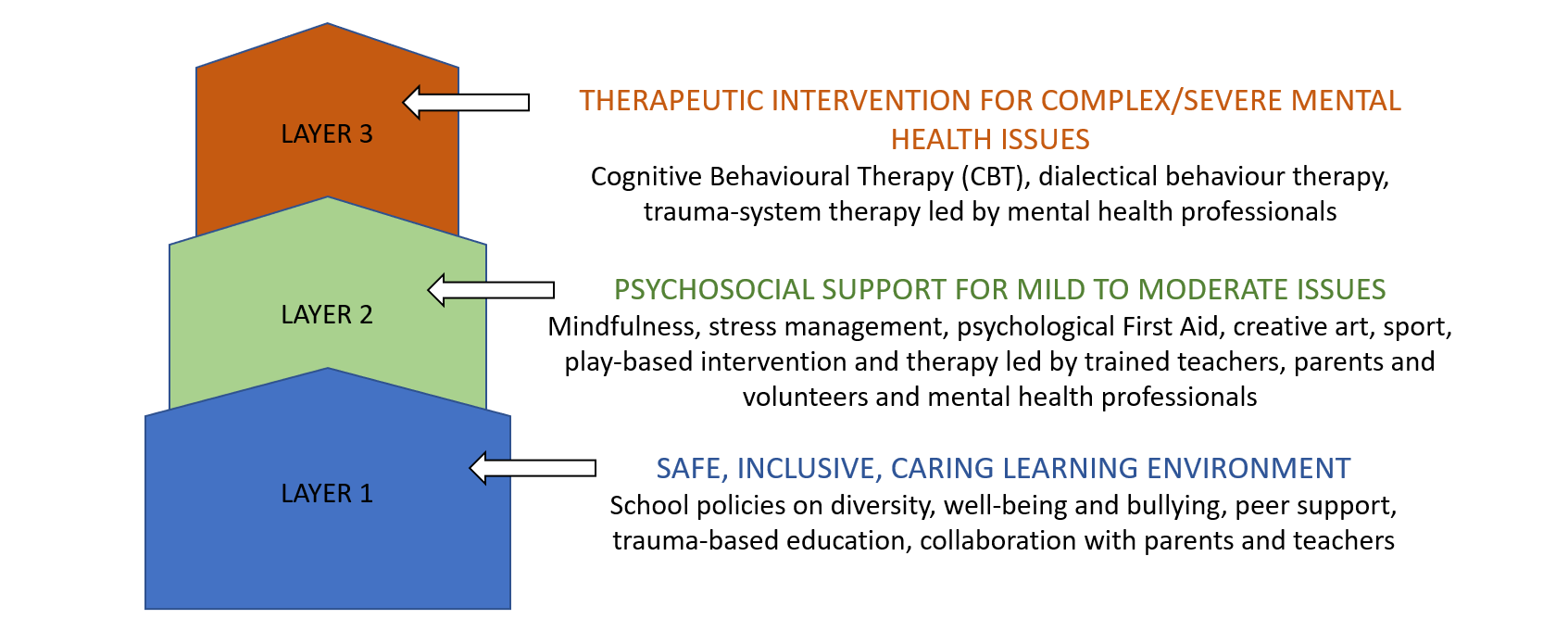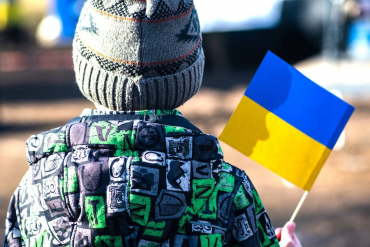Following the displacement of over 2 million school-aged Ukrainians, vocational education and training (VET) institutions, as well as teachers and trainers, of EU host countries develop targeted strategies to respond to their immediate and longer-term needs. Cedefop provides support by conducting evidence-based research and sharing good examples of practice.
VET policy-makers and providers are facing the challenge of re-engaging Ukrainian refugee learners into education and training activities and providing them with opportunities to socialise, learn in a new sociocultural and linguistic setting and acquire interpersonal and professional skills.
Member States have adopted a wealth of national policies and measures to support the integration of refugee students into their VET systems, according to Cedefop’s Irene Psifidou and Ariela Treves who analysed ReferNet national inputs to share good practices.
Cedefop’s blog article on Making VET inclusive for Ukrainian students illustrates such initiatives which include providing financial support, lifting barriers for enrolling Ukrainians in VET programmes and equipping teachers and trainers with intercultural competences to support them.
How is Cedefop contributing?
Since the outbreak of the war in Ukraine, Cedefop’s work on inclusion has been centre stage. The VET for youth – Teachers and trainers team focused on enriching the resources of the VET toolkit for tackling early leaving and the VET toolkit for empowering NEETs. New Cedefop intervention approaches and policy recommendations aim to aid the process of inclusion of Ukrainian displaced students in the VET institutions of the host countries and provide useful tips to teachers and trainers involved in their reception and learning pathway.
Refugee learners may arrive in a host country with different needs and backgrounds. Whether they were previously enrolled in VET programmes in their own country, or NEETs who are now searching for new opportunities, or even previously enrolled in general education who now find VET pathways more suitable for pursuing their studies, it is important to enable the education and training community to provide them with tailored solutions to respond to individual challenges.

Three new Cedefop intervention approaches published in the VET toolkit for tackling early leaving provide policy recommendations and practical tips for supporting newly arrived VET learners with different cultural and linguistic backgrounds, and who might suffer from anxiety and post-traumatic stress disorder (PTSD) after having fled war zones.
One of the first aspects to be considered is the emotional state and mental health of the young refugee. The arrival in an inclusive learning environment and in inclusive work-based learning settings, and the focus on learners’ health and well-being is fundamental for the smooth inclusion of displaced students into VET programmes. Cedefop’s new intervention approach on psychosocial support for VET learners aims at establishing trustful and positive relationships among all students and especially displaced students and VET practitioners. To do so, it provides tips for developing a trauma-informed approach among teachers and trainers, and for facilitating the timely and appropriate support of mental health professionals.

VET teachers and trainers are the focus of another new intervention approach on professional development for inclusive teaching and training. As Cedefop’s Anthie Kyriakopoulou explains, ‘this intervention approach provides policy guidelines and practical tips on how to develop pedagogical approaches, focusing on learner-centred teaching and training, able to re-engage and motivate students.’

An additional intervention approach draws attention to digital inclusion and underlines the need to overcome language barriers to access digital tools and content. Digital resources can offer key benefits for migrant learners as translation and multilingual learning digital tools can bridge language barriers while also enhancing students’ native languages.
What are the next steps?
Immediate measures aimed at Ukrainian students should go in parallel with the promotion of long-term structural measures to enhance inclusive education in all VET institutions.
Learners with migrant background should have the same education and professional opportunities as their peers, and special attention and support should be given to learners facing multiple layers of marginalisation as stated in the forthcoming European Guidelines for supporting the inclusion of Ukrainian students in the school year 2022/2023.
Strengthening communication and collaboration with the Ukrainian communities will also facilitate collaborative approaches between schools, companies, parents of the displaced students and civil society.
Making VET inclusive remains a top policy priority in Europe. Cedefop will continue to support the inclusion of Ukrainian students in VET environments by helping Member States to pursue efforts already initiated at country level towards integration, psychosocial support, digital inclusion and guidance targeted at populations at risk of exclusion, such as Ukrainian refugees. Creating inclusive learning settings for refugees in both school and work-based contexts should be an integral part of VET teachers and trainers’ professional development opportunities.
- Find out more about Cedefop’s work on tackling early leaving from education and training and teachers and trainers’ professional development.
- Check out our VET toolkit for tackling early leaving.
- Join our network of ambassadors and help us tackle early leaving from VET.






